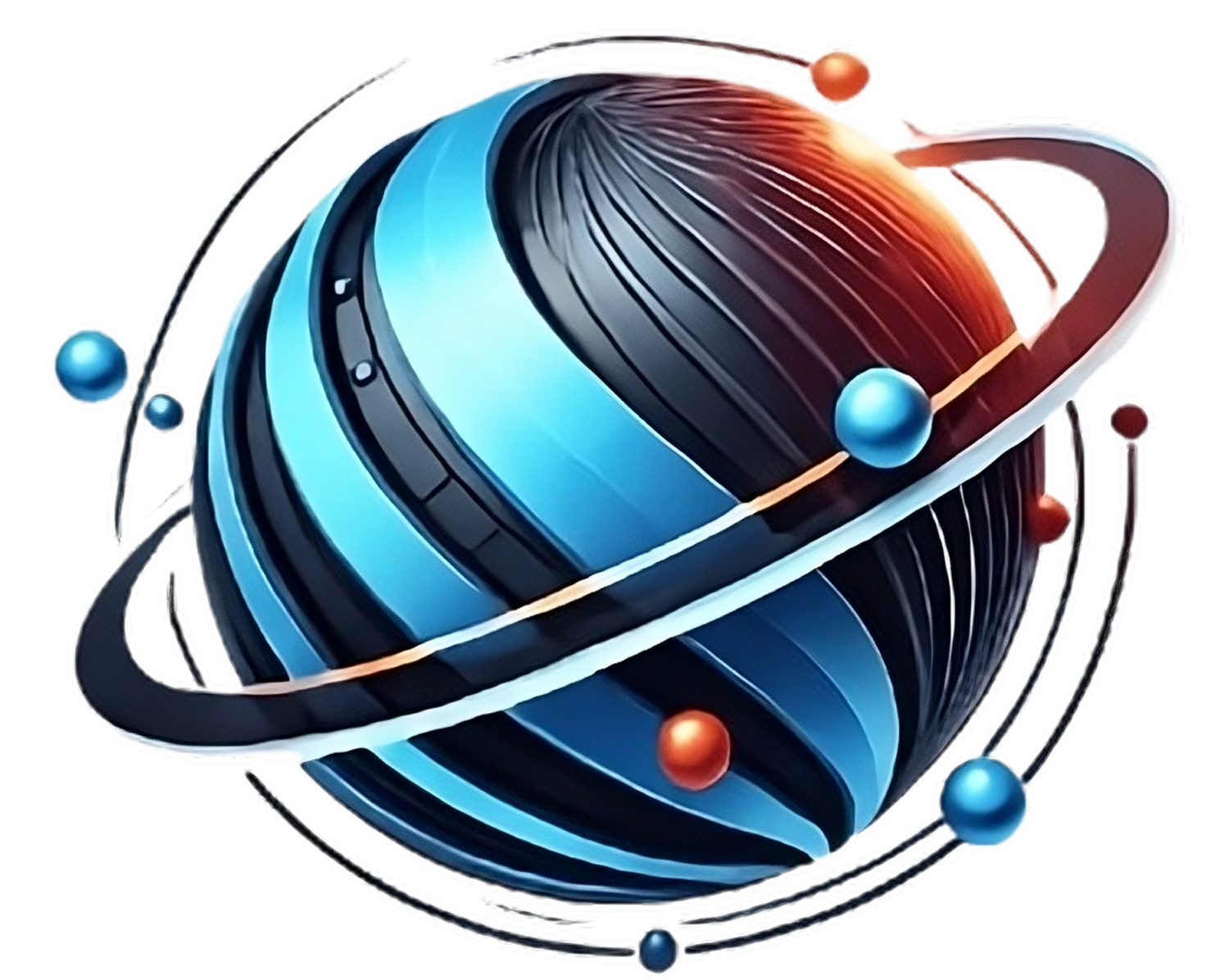In today’s rapidly evolving technological landscape, artificial intelligence (AI) is not just transforming industries—it’s challenging the very concept of human creativity. As AI-generated works of art, music, and literature continue to advance, the boundaries between human and machine-made creations are becoming increasingly blurred. This shift is prompting profound questions about the nature of creativity and artistic expression, leading to a complex debate in the creative community.
“The question is, what does it mean to be ‘creative’ when a machine can generate a symphony, a novel, or a painting that’s indistinguishable from human creation?”
asks John Smithson, a renowned digital artist featured in The New Yorker. Smithson, like many other artists, finds himself grappling with the implications of AI’s growing ability to replicate, and in some cases, surpass, human artistic achievements. For artists who have long valued originality and human intuition, the rise of AI presents a unique challenge: Will art lose its intrinsic value if a machine can produce something equally compelling?
This fear is echoed across many creative fields. Musicians, for instance, are witnessing AI models that can compose original scores by analyzing vast amounts of data from classical to contemporary genres. Visual artists are seeing AI tools that can generate stunning imagery, often indistinguishable from works created by humans. Even writers are contending with language models like GPT, which can produce coherent and stylistically varied prose. These advancements raise concerns about whether AI is diminishing the importance of human effort and intuition in the creative process.
“I think the fear is that AI could render the creative process obsolete,” says sculptor Maria Hughes, who has seen AI-created installations displayed alongside human-made pieces. “If a machine can produce art that resonates with people just as much as something I’ve spent years refining, what does that say about the value of my work?”
However, not everyone views AI as a threat. Many creatives see it as a tool to enhance and expand human creativity rather than replace it. Writer Emily Rhodes offers a more optimistic perspective: “I don’t think AI is a threat. I see it as a new form of collaboration—one that pushes the boundaries of what we can create together.” Rhodes and others like her believe that AI can serve as a partner in the creative process, helping artists explore new ideas, experiment with different styles, and reach levels of innovation previously unimaginable.
In the world of visual arts, AI has already made significant strides in this collaborative realm. Artists are using machine learning algorithms to co-create pieces, feeding their personal styles and ideas into the systems and receiving outputs that challenge and inspire them. One notable example is AI-generated abstract art, which has sparked both admiration and controversy. “It’s a dialogue between the artist and the machine,” explains tech-based artist Sarah Kim.
“The AI introduces patterns and forms I wouldn’t have considered on my own. It’s not replacing me—it’s enhancing my vision.”
Similarly, in the music industry, AI has been embraced by some as a tool for composition. Grammy-winning producer David Gersten integrates AI into his songwriting process, using algorithms to generate chord progressions or melodies that he later refines. “AI isn’t writing the song for me,” Gersten clarifies. “It’s giving me ideas, pushing me in directions I wouldn’t have gone otherwise. It’s still my music, but with a broader palette.”
Yet, as AI continues to evolve, the question of ownership and authenticity becomes even more complex. If a machine contributes significantly to a creative work, who owns that piece of art? Is it the artist who guided the AI or the creators of the AI itself? Legal frameworks for intellectual property are still catching up with the technology, and the debate over ownership rights is intensifying.
As AI continues to expand into new creative domains, the broader cultural implications are becoming clear. On one hand, AI presents an exciting frontier for artistic exploration, enabling artists to push their creative boundaries. On the other hand, it forces society to reconsider long-held definitions of creativity, value, and artistic integrity. What does it mean to be an artist in a world where machines can replicate and even surpass human creativity? And can AI ever truly replicate the emotional depth and lived experiences that fuel human expression?
The debate is far from over, but one thing is certain: AI is transforming the creative landscape, and the consequences of this transformation will be felt for generations to come. As digital artist John Smithson puts it, “We’re entering a new era of creativity—one that forces us to question not only what we create but why we create.”
